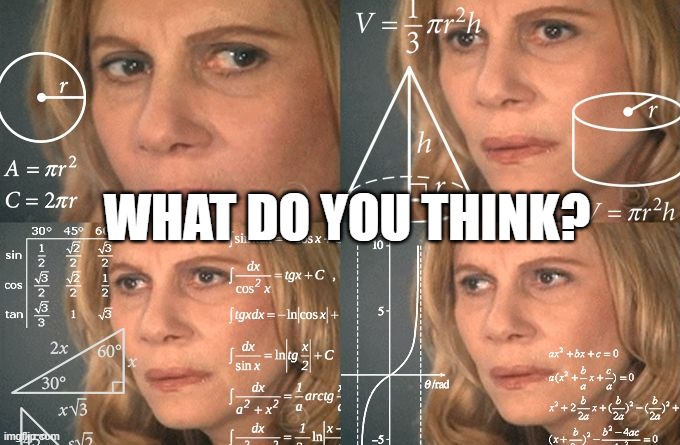Soon, the world of television will never be the same.
There’s a movement rapidly growing in the broadcast industry.
And the reason behind this massive change is not what you would expect…
Drum roll…
Ladies and gentlemen…I present to you…
The weather reports!
Wait… What!?
That can’t be right?!… Right?!
Yep, it is! You heard me correctly… Weather reports!
Let me explain…
The introduction of “immersive mixed reality” that changed everything
A couple of years ago, The Weather Channel started developing “immersive mixed reality” weather segments to explain how ice storms form or the dangers of Hurricane flooding, for example.
Those segments are particular because they leverage augmented reality at a level that was never seen before at the time.
And it really got people talking…
How do I know this? Well before starting my own AR/VR agency, I worked for over 14 years in the broadcast industry with big names like ABC or NBC, etc…
For example, in this video, the host, Jim Cantore, describes how ice storms form and the dangers they bring.
I particularly love the closeups where you can see the details of the city being engulfed in ice. And you can’t ignore the love of the anchor for his craft that binds everything together.
Another example is this regular weather report with Erika Navarro that switches to a full-blown movie set midway through her segment.
Indeed, Erika goes on to explain the different dangers of flooding in the wake of hurricanes using AR.
As a 3D artist myself, I marvel at little things like the water that rises behind the anchor.
To me, this is a great example of how augmented reality can help us bring our storytelling game to the next level.
Show, don’t tell
Since augmented reality is rather quite new, it has indubitably a “wow” effect associated with it.
But once the public gets used to all its bells and whistles, you’ll still be left with an amazing tool that will dramatically improve your storytelling abilities.
Within the movie industry, there’s a saying that goes: “Show, don’t tell”.

And those immersive mixed reality TV segments are following that rule to a tee.
They place us at the center of the drama unfolding.
And the graphics are just stunning…
The immersion is impressive…
But more importantly…
It makes the weather reports fun to watch!
So why are those types of graphics so rare?
So… at this point, you’re probably wondering why aren’t we seeing those cool graphics every single day right?
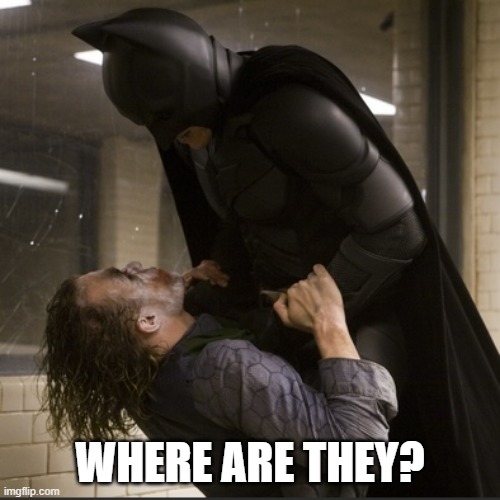
I had the same thought when I first saw those first immersive mixed reality segments a couple of years ago…
I mean… Why don’t large TV channels like ABC, NBC, or Aljazeera produce this type of graphic every single day?
How cool would that be?
The craziest thing is that those small weather segments had a huge impact on the broadcast industry to this day.
Believe it or not, every TV channel in the world is currently in an arms race to develop the best recurring TV segment that’s powered by augmented reality.
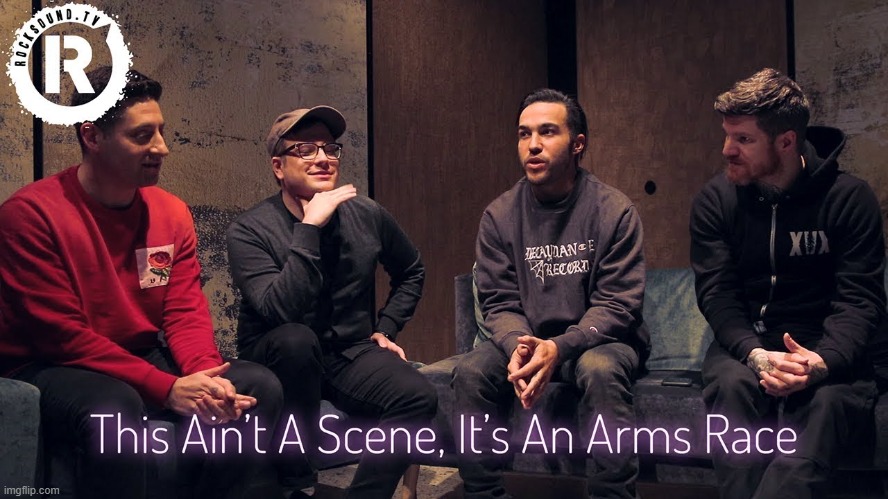
I mean… to be fair… some TV channels do use augmented reality on a daily basis, but their implementation is usually rather simple.
So…
Right now…
Every single TV channel in the world wants a piece of the good ole pie.
And in the end… The goal is to replicate those small segments on a much bigger scale.
But there’s a lot to do to get there.
And historically, TV channels have always been a bit slow to adapt for a lot of reasons.
Indeed, the broadcast industry doesn’t really have too much incentive to innovate since TV channels are criticized if there’s any mistake that ends up ON-AIR…
But the movement is strong enough right now that there’s a real push to bring AR or VR elements into the mix.
Therefore, TV channels will have to bring their A-game in order to solve the different challenges that are preventing them from moving forward.
It does come with challenges…
Requires skilled workers
The first obvious challenge is that it requires a lot of specialized skilled workers to create those beautiful graphics.
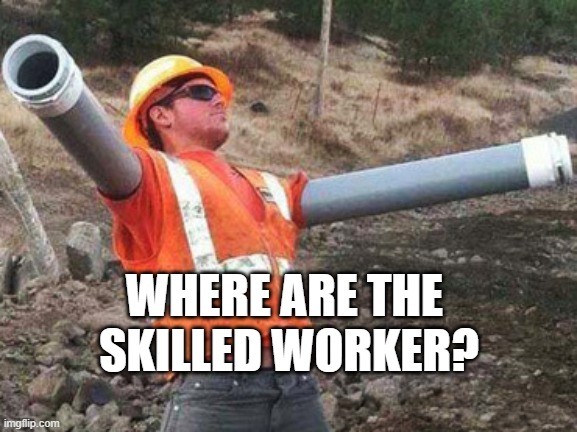
Usually, you could get away with hiring poorly trained artists since “typical” graphics like bullet point is much easier to design than a complex 3D environment.
Takes forever to execute
The second interesting challenge that a lot of people don’t think about is that it may take months to plan and execute a short 1-2 minute AR-enabled TV segment.
So building the 3D content, rehearsing with the anchors, and testing everything over and over again takes quite a bit of time…
You are literally making a short film from the ground up with all the hurdles that come with it.
Convincing your own team that this is a good idea
Another challenge that every TV station is facing at the moment is a less obvious one. They are facing a big pushback from their own team. Specifically, their TV producers…
You see…
TV producers are used to a certain way of doing things. And changing the entire medium can be quite scary.
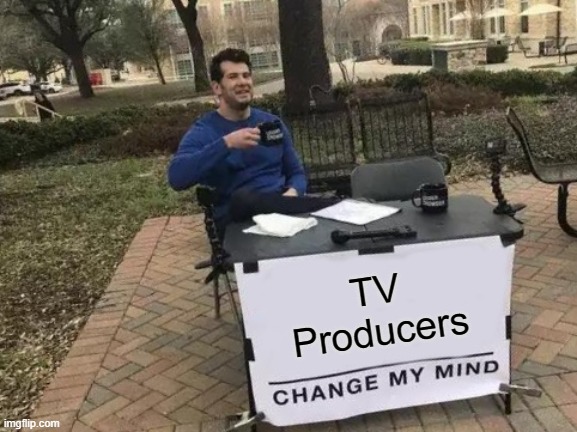
So people naturally want the status quo, and stick with what they know works.
In the world of TV, making a mistake is severely punished due to the nature of the business. And doing “good work” is simply expected.
Can the technology keep up?
And then, there’s also the fact that the technology itself is not fully ready to spring into action yet.
Indeed, there are definitely more than a couple of technical issues that need to be resolved before a major TV channel decides to create a daily segment involving AR.
The 3D engine used
For example, the biggest technical issue is that all the Weather Channel experiences were built on a game engine. (not a broadcast 3D engine as you would imagine).
That’s right! A GAME engine.
Made to build games…
Not real-time graphics for the NEWS…
Oh well…
The 3D engine’s name is Unreal.
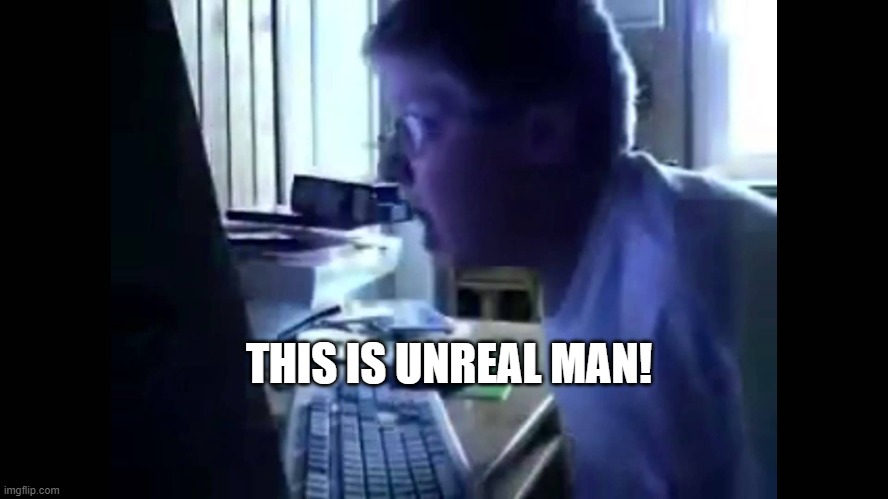
Funny enough, the company name “Unreal” is actually the inspiration behind our company name Upreal…
Anyhow, let’s back to our “Unreal” onions here…
The truth is that Unreal was never originally designed to be used in a broadcast environment so it’s missing a lot of the core features that are required.
In fact, most of the common features available in broadcast software like Vizrt, or Chyron are incomplete or missing completely.
I’m not gonna go into too much detail since it’s fairly technical, but…
To give you a quick example, the very common operation of generating a geometry on the fly is not something that’s super easy or intuitive to do in Unreal.
The biggest issue of all is you guessed it… money
But honestly, the biggest issue in making a recurring TV segment using immersive technologies is that creating high-quality 3D content is an expensive and time-consuming endeavor.

That means that, at least for now, most of the AR-enabled content on TV is going to be restricted to big names like NBC, ABC, etc…
It also means that large-scale augmented reality graphics will mostly be used for big events coverage like the US Elections or the Olympics.
Using AI to bring the cost down
Well…
Maybe not forever…
One idea is to use AI in order to democratize these kinds of bigger-than-life TV segments.
Indeed, one way to dramatically improve the rate at which we can generate 3D assets is using generative AI.

Hopefully, that should bring the skilled labor cost down to an acceptable level for smaller players in the industry.
In short, you would simply describe your 3D environment to the AI. Then he would generate all the 3D scenes for you without you having to even touch your computer’s keyboard. In the tech space, we call this “Text-To-3D” generative AI technology.
There’s also the “Image-To-3D” concept that works very similarly, but in that case, you feed an image in the machine instead of text.
However, both technologies are not something that’s currently available. (At least, not on the scale and quality that’s required for broadcast)
If you are curious and want to know more about AI generative 3D, check out the project called DreamFusion.
They explain all this “technobabble” much better than I will ever be able to.
In Conclusion
In conclusion, who knew that The Weather Channel with its small but stunning AR-enabled TV segments would create such a race amongst the big players of the broadcast industry!?
I don’t know what the future holds but I’m confident that augmented reality will play a big role in storytelling within the TV industry.
Do you think that augmented reality is just a fluke, or do you think it’s here to stay?
